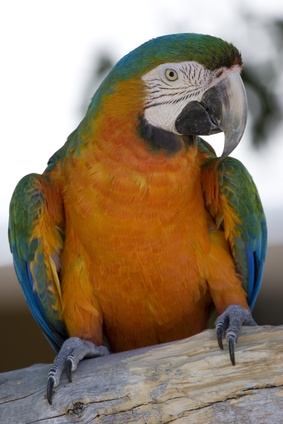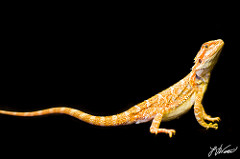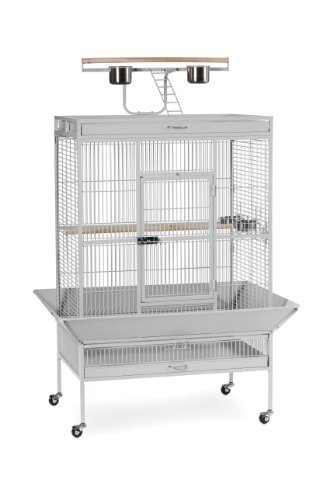
Bird Leg Band Identification. Leg bands are plastic or metal rings that you might find on the ankle of certain bird species. There are two types of bands: open bands and closed bands. There are many purposes behind the identification of birds through leg banding, and a number of people and agencies rely on bird leg bands to identify birds.

The primary function behind leg bands on birds is to make certain birds identifiable both in captivity and in the wild. Identification is important for a number of reasons, including government requirements, proof of ownership, identification of stolen and lost birds, tracking birds in the wild and discouraging against bird smuggling. Although there are other methods of bird identification, such as DNA fingerprinting and micro-chipping, leg banding is the most widely accepted type of bird identification according to "The ABC's of Leg Bands."
You will typically find closed bands on birds that were banded when they were young, making it an indicator that they were bred in captivity. These bands are seamless and circular, and are crafted either from metal--like aluminum or stainless steel--or plastic. Captive-bred baby birds typically receive this type of banding between two and three weeks of age by sliding the band directly over the foot. Because you cannot easily open and remove such a band, closed bands are the most reliable form of banding.
Open banding is frequently used for wild-caught bird species that are imported into the United States. Open bands are bent, circular pieces of metal that can be fit around a bird's leg regardless of size. This allows both juvenile and mature birds to be banded. Once the band is placed on the bird's leg, the ends are pinched together, which allows the band to remain in place. Colored bands are most commonly used with open bands, especially for identifying multiple birds in a single aviary, according to "The ABC's of Leg Bands."
Each band, regardless of whether the bird is domestic or imported, will have distinct letters and numbers identifying the individual bird. Import bands and bands that are purchased locally from commercial vendors and bird associations are typically traceable. You can trace imported birds based on the letters on the band, which signify the quarantine station where they were banded prior to release. Domestic bird bands are traceable depending on where the band came from, such as a veterinarian or a bird association like AFA or SPBE. Most organization bands have the name of the organization printed on the band, so you can contact the organization to identify the bird.
Some bird bands can cause health problems, so you must monitor domestic birds to make sure that the band can move freely on the leg at all times. Some veterinarians recommend band removal, according to Caroline Tanaka, a private veterinarian, but it is better to maintain the banding unless it is affecting the bird or its health. Because bird banding can reunite lost or stolen birds with their owners, you should keep bird bands intact unless there is a specific reason to remove them.
 How to Disinfect a Bird Cage and Bird Toys
How to Disinfect a Bird Cage and Bird Toys
How to Disinfect a Bird Cage and Bird Toys
How to Disinfect a Bird Cage and Bird Toys
 Investigating Speedy Systems For Alligator
Alligators would be the most dangerous from the exotic pets
Investigating Speedy Systems For Alligator
Alligators would be the most dangerous from the exotic pets
 Military Macaws
Common Name:
Military Macaws
Common Name:
 Uncovering Swift Plans For Alligator
Alligators include the most dangerous with the exotic pets.
Uncovering Swift Plans For Alligator
Alligators include the most dangerous with the exotic pets.
 The Ancona Chicken
Backyard ChickensThe AnconaA
The Ancona Chicken
Backyard ChickensThe AnconaA
Copyright © 2005-2016 Pet Information All Rights Reserved
Contact us: www162date@outlook.com